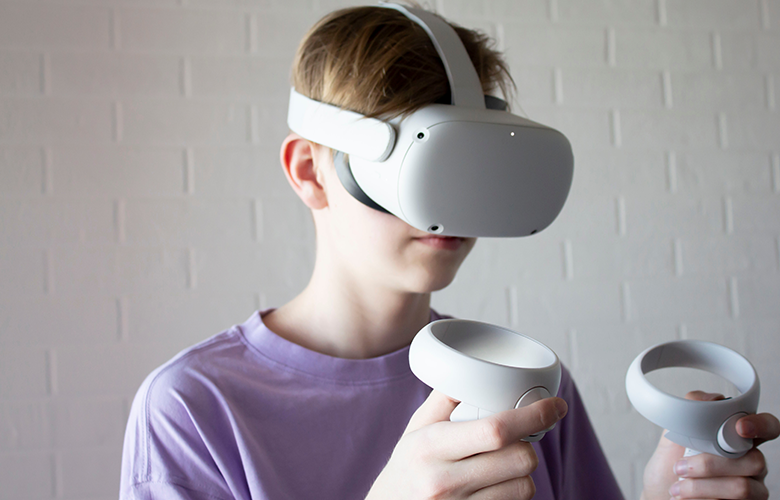Why treat anxiety with Exposure Therapy?
Anxiety is an automatic physiological response that is triggered by a perceived threat.
This is an essential response when a danger is genuine. However, that same response of anxiety can become debilitating when threats are unfounded. For instance, when an individual perceives a threat, he or she experiences a fight or flight response.
Although this response was initially meant to help us escape from physically dangerous situations, people can learn and develop certain fears, both physical–such as a spider phobia–and abstract, like a fear of judgement and become overly controlled by them.
Over-functioning anxiety can quickly become limiting and debilitating. If an individual’s fight or flight response is frequently triggered at a low threshold or is activated by situations that aren’t truly threatening, anxiety disorders–including generalized anxiety disorder (GAD), obsessive-compulsive disorder (OCD), social phobia, panic disorder, and specific phobia–can arise.

How Exposure Therapy Works
Exposure therapy is a psychological treatment that helps those experiencing anxiety confront and reduce their fear.
It aids in managing anxiety through systematic encounters with the situations or objects that trigger the fear. This technique desensitizes the patient to the stimuli, thereby reducing anxiety symptoms over time.
In exposure therapy, patients get help to face their fears directly. They work with a therapist who understands their anxiety and supports them in confronting the things or situations that frighten them. This might sound difficult, but it’s done in a safe way. By gradually facing their fears, people can learn that their anxiety feelings can decrease and they can start to feel more comfortable in situations that used to scare them. In this way, people start to regain control and feel more confident in their everyday lives.
At Anxiety Institute, we use a gradual approach in which mildly feared stimuli are targeted first, followed by more strongly feared stimuli. This method begins by ranking feared stimuli according to the level of anticipated fear reaction. This way, we work on the lower level fears first and gradually move to the higher level fears. As the patient’s fear subsides with the lower-level exposures, their overall comfort level grows and are able to handle higher-level exposure work.
Exposures can target internal and external cues. Exposures to external cues include a spider-phobic patient handling a spider, or a height-phobic patient approaching increasing heights in a skyscraper.
How does Virtual Reality Exposure Therapy Work?
Virtual reality (VR) exposure therapy is an extremely useful method in treating PTSD, agoraphobia, panic disorder, and specific phobias that are not easily accessible for in standard exposures.
A VR headset utilizes advanced computer graphics and body-tracking technology to create 3D visual simulations of feared objects or situations; in addition, monitors can track a client’s heart and respiration rates, allowing the therapist to track the progress of his or her anxiety throughout a session.
VR provides a unique opportunity for the therapist to control all aspects of a client’s exposure experience. In addition to controlling the client’s virtual body––for example, in a scenario focused on a fear of heights, the therapist can control the client’s proximity to the edge of a building, the height of the building, and the intensity of the wind––the therapist can add additional interoceptive effects to mimic the client’s own physical reactions to a feared situation. These methods increase the realistic nature of the exposure, further increasing its efficacy.
At Anxiety Institute, we are committed to helping each teen utilize exposure therapy to its fullest potential. Our team of experts walks hand in hand with patients throughout their process, providing support, guidance, and the utmost care.

